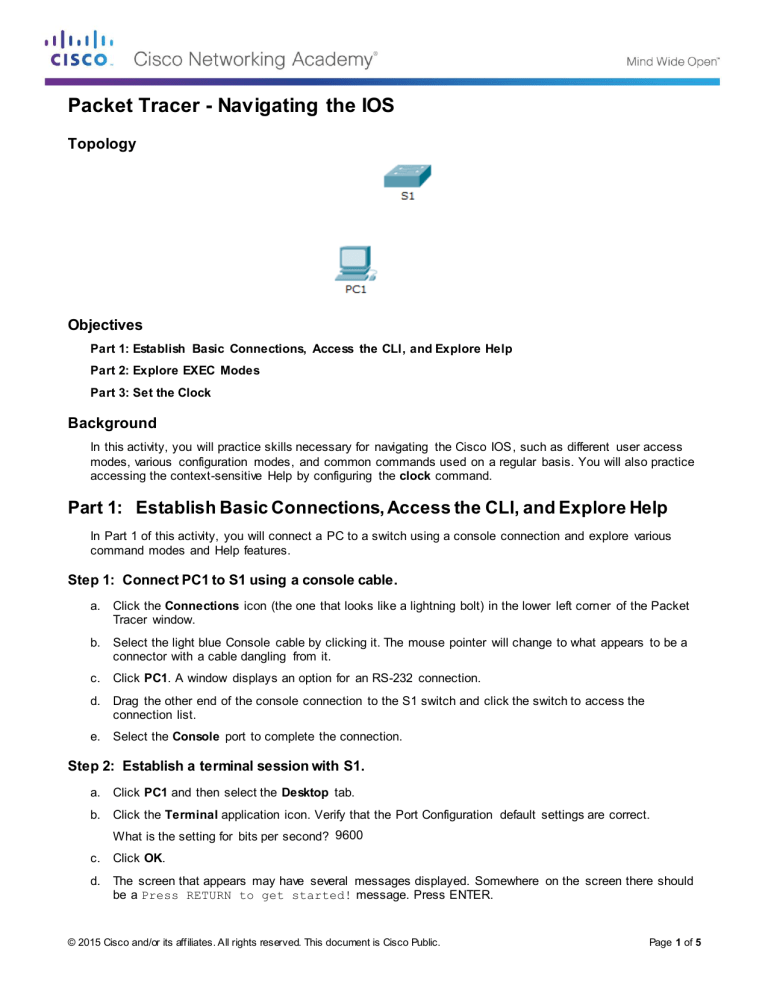

Enter the following commands at the router prompt: Router2# debug ip icmpĭ.
#Cisco packet tracer labs it wants you to login password
Use the username ADMIN and password CISCO for authentication.Ĭ. From the PC-B command line, telnet to Router2.ī. Part 3: View syslog Messages Step 1: Remotely connect to Router2.Ī. Use a secure file transfer protocol such as SFTP. What should be done to mitigate this vulnerability? The FTP username and password are transmitted in clear text. What is the security vulnerability presented by FTP? If you have opened other sessions, clear the window and repeat the login and file transfer process.)

(This assumes this is your first FTP session. Be sure to scroll down to view the application layer protocol information in the packet details for each. Click through some of the first FTP packets in the session. Click the Sniffer1 device and then click the GUI tab.ī. Enter quit at the FTP prompt to close the session. At the ftp> prompt, enter the command dir and verify that the clientinfo.txt file is now on the FTP server.ĭ. Upload the clientinfo.txt file to the FTP server by entering the command put clientinfo.txt.Ĭ. At the ftp> prompt, enter the command dir to view the current files stored on the remote FTP server.ī. Enter the username of cisco and password of cisco to authenticate with the FTP_Server. Help with the command line is available by typing ? at the prompt.Ĭ. From the command prompt, open an FTP session with FTP_SERVER using its public IP address. Step 2: Remotely connect to the FTP server.ī. The FTP and syslog packets entering the sniffer from Router2 are being monitored.

Go to the GUI tab and turn the sniffer service on.ĭ. Go to the Physical tab and turn on the power to the sniffer.Ĭ. You will view a security vulnerability in one network application, and view logged ICMP traffic with syslog. In this activity, you will use Packet Tracer to sniff and log network traffic. 15.2.7 Packet Tracer – Logging Network Activity Addressing Table Device


 0 kommentar(er)
0 kommentar(er)
